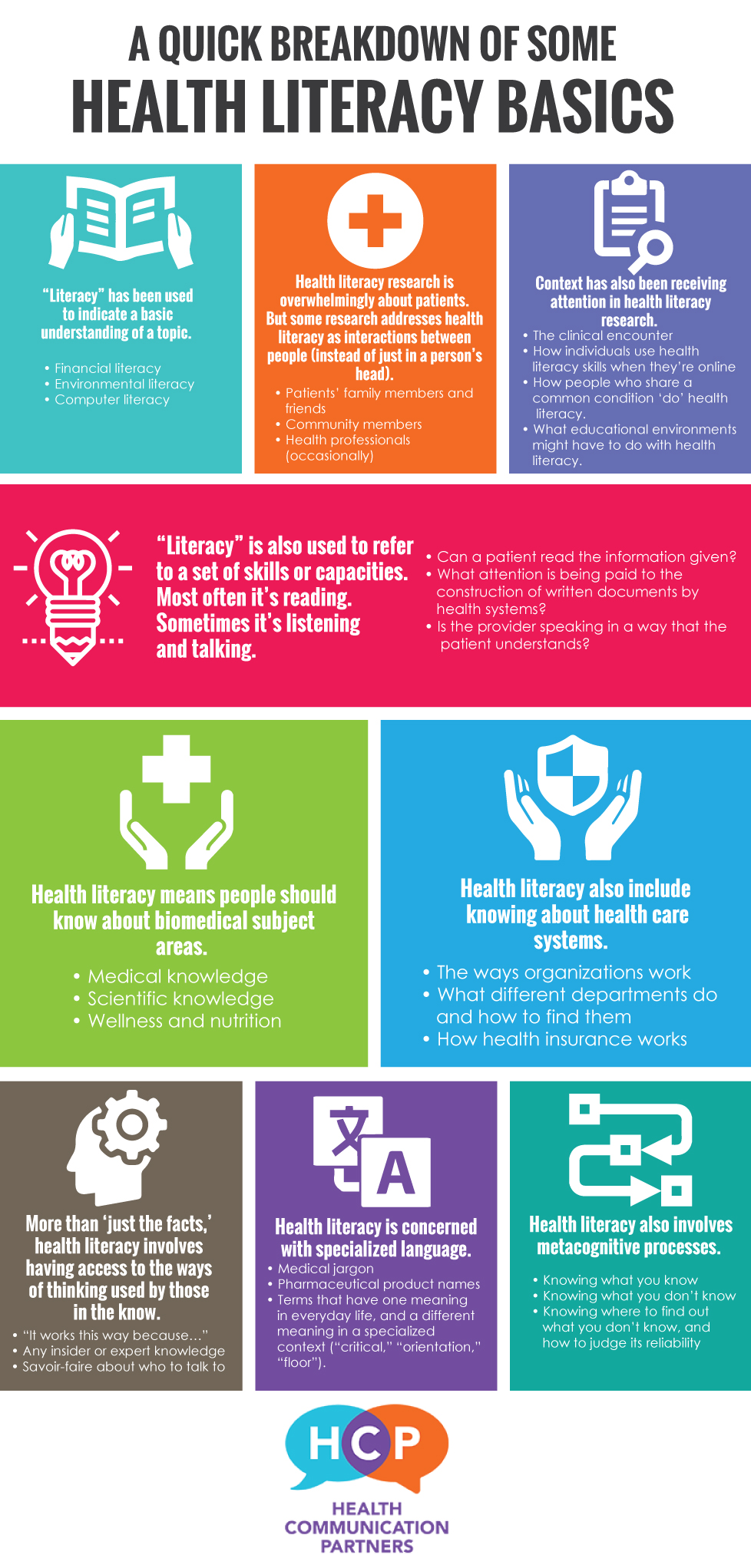Rheumatology For Newcomers: Clarifying Elaborate Disorders
Short Article Composed By-Newell Svendsen Rheumatology can seem overwhelming, specifically with a lot of complicated problems affecting joints and connective cells. Systems Biology In Rheumatology may observe symptoms like joint discomfort or tightness, yet recognizing what they imply is important. Early diagnosis is crucial, and understanding your treatment alternatives can encourage you. As we discover these aspects, you'll gain useful understandings that can improve your trip towards far better health and wellness and well-being. So, where do you begin?
Understanding Common Rheumatic Diseases
Rheumatic diseases influence countless people worldwide, creating discomfort and inflammation in the joints and connective cells. You may encounter common problems like rheumatoid arthritis, which results in crippling joint pain and rigidity. An additional common issue is osteo arthritis, where cartilage breaks down with time, causing discomfort and minimized mobility. Lupus is a systemic disease that can impact different body components, leading to fatigue and joint pain. https://fred.blogbright.net/what-is-rheumatology-a-guide-to-the-functions-of-a-rheumatologist , on the other hand, results from uric acid buildup, causing abrupt, intense discomfort in the joints. Comprehending these diseases is essential for handling your health and wellness. Early treatment and therapy can considerably boost your lifestyle, so remaining notified and proactive can make all the distinction in browsing these challenging problems.
Acknowledging Signs and Identifying Conditions
When you see consistent joint pain or swelling, it's important to pay attention, as these can be very early signs of rheumatic diseases. Various other signs and symptoms to look out for consist of rigidity, especially in the early morning, tiredness, and unexplained high temperature. You may additionally experience inflammation or warmth around influenced joints. To diagnose these problems, a physician will typically execute a physical exam and review your case history. Blood examinations can aid recognize inflammatory markers or particular antibodies. Imaging tests, like X-rays or MRIs, can expose joint damage or inflammation. Recognizing these symptoms early and speaking with a medical care expert can lead to timely medical diagnosis and administration, aiding avoid better issues. Do not ignore the indicators; your wellness deserves it!
Exploring Therapy Options and Developments
As you navigate the complexities of rheumatic conditions, it's important to discover the various therapy choices and developments available today. You'll find a mix of drugs, consisting of non-steroidal anti-inflammatory medicines (NSAIDs), corticosteroids, and disease-modifying antirheumatic medicines (DMARDs) that can help take care of signs and symptoms and slow condition development. Biologic therapies are making waves, targeting certain paths in the immune system for a lot more reliable results. Additionally, lifestyle modifications— like workout, diet, and tension management— play a vital duty in your total treatment strategy. Watch on emerging therapies and scientific trials, as researchers continuously look for cutting-edge solutions. Normal appointments with your healthcare provider will ensure you stay informed and receive individualized care customized to your needs.
Final thought
To conclude, understanding rheumatology does not need to be frustrating. By identifying typical diseases and their signs and symptoms, you can take the first steps towards reliable medical diagnosis and therapy. Stay proactive about your wellness by checking out numerous treatment choices and innovations in care. Remember, you have the power to handle your problem and enhance your quality of life. Welcome this trip towards far better health, and don't wait to seek support from medical care experts along the way. 